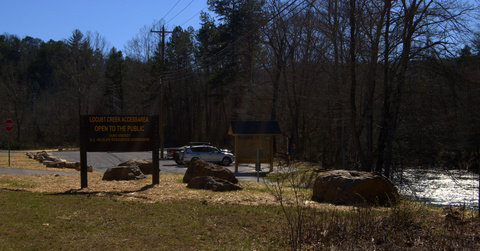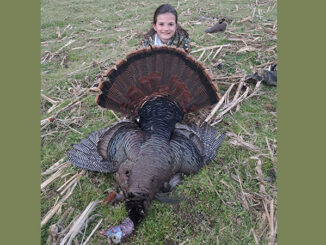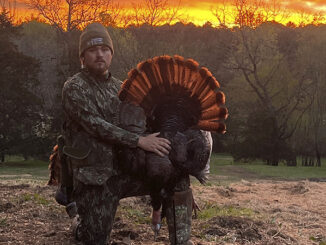
Bear Creek Lake also gets big improvement at public ramp
The Tuckasegee River in Jackson County is one of the most popular rivers in western North Carolina for fishing and boating, but access often can be a problem, especially during prime fishing and boating seasons.
Boaters and fishermen often have had to use limited-space pull-off areas to get on the river. One popular access point on the delayed-harvest section of the river is a giant mudhole, especially after a heavy rain.
Getting on the river will be much easier with the opening of new access areas and improvements of existing sites. When work is completed over the next few years, nine official access points will be available, spanning the river from below Glenville Lake to Whittier. The access areas are a joint collaboration of Duke Energy and the N.C. Wildlife Resources Commission.
All of the new areas have graveled parking lots and launch areas for boaters. A few will have toilets and information kiosks.
The new Locust Creek Access Area on old Cullowhee Road off NC 107 will provide access to the delayed-harvest section of the river, making it much easier for fishers, especially drift-boat users, to access one of the most popular sections of the river.
Other new and/or improved access sites include the Shook Cove Road access on the upper East Fork; the Tuckasegee River powerhouse on the upper West Fork, East Laporte County Park, Cullowhee Dam at Western Carolina University, C.J. Harris Access Area in Dillsboro, Barkers Creek Access Area off US 441/74 and the Whittier Access Area on the lower section of the Tuckasegee.
More good news for fishers is the reopening of the Bear Creek Lake Access Area in Jackson County. Bear Creek Lake is the largest of several small lakes on the upper Tuckasegee River. The renovations were recently completed by the Wildlife Resources Commission.
Renovations and additions include two 14-foot wide, 90-foot long ramps. The bottom elevation of the ramps is 88 feet, so boaters can launch even when lake levels are low. A normal full level in the summer for Bear Creek Lake is 100 feet, but in winter it can drop to 91 feet. The access also has a new floating dock with handicapped-accessible rails. Duke Energy, which co-owns the area, plans to pave the parking area, install toilets, and add a handicapped-accessible fishing pier.
Bear Creek Lake is noted for its excellent smallmouth bass and trout populations. The N.C. Wildlife Resources Commission regularly stocks the lake with approximately 6,000 rainbow trout annually.





Be the first to comment